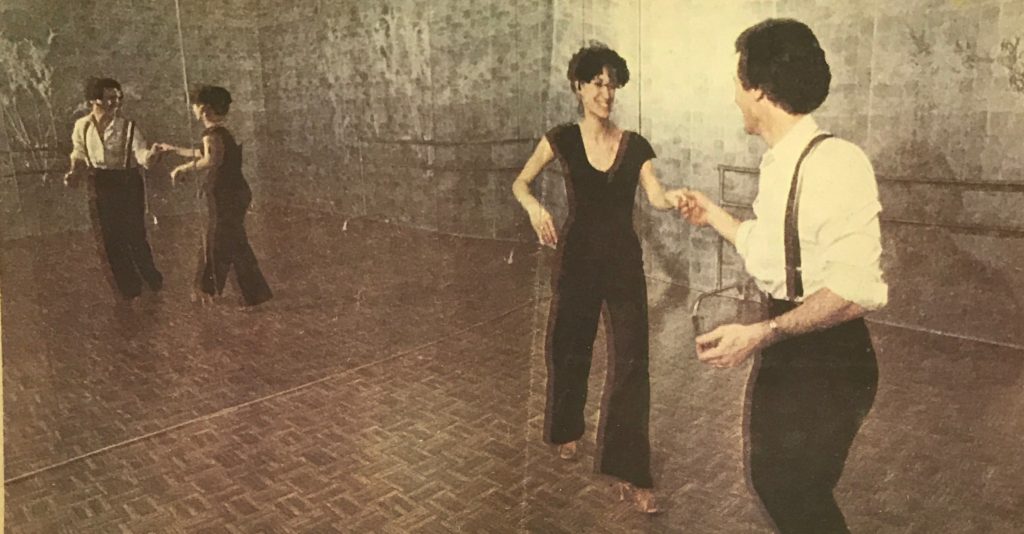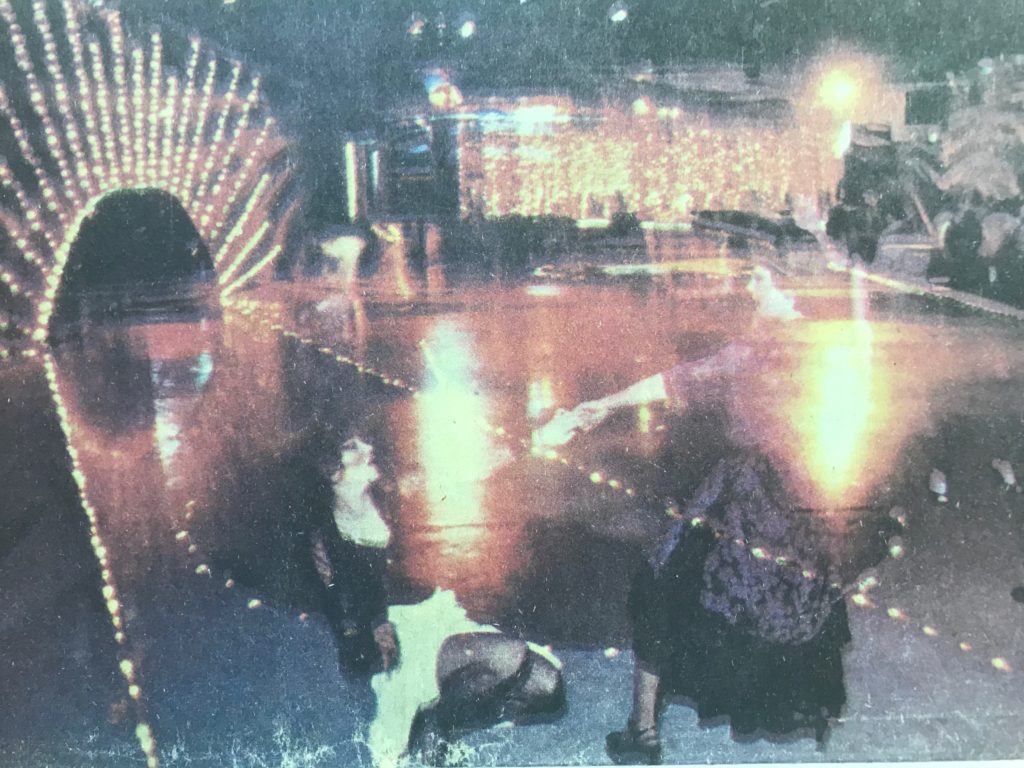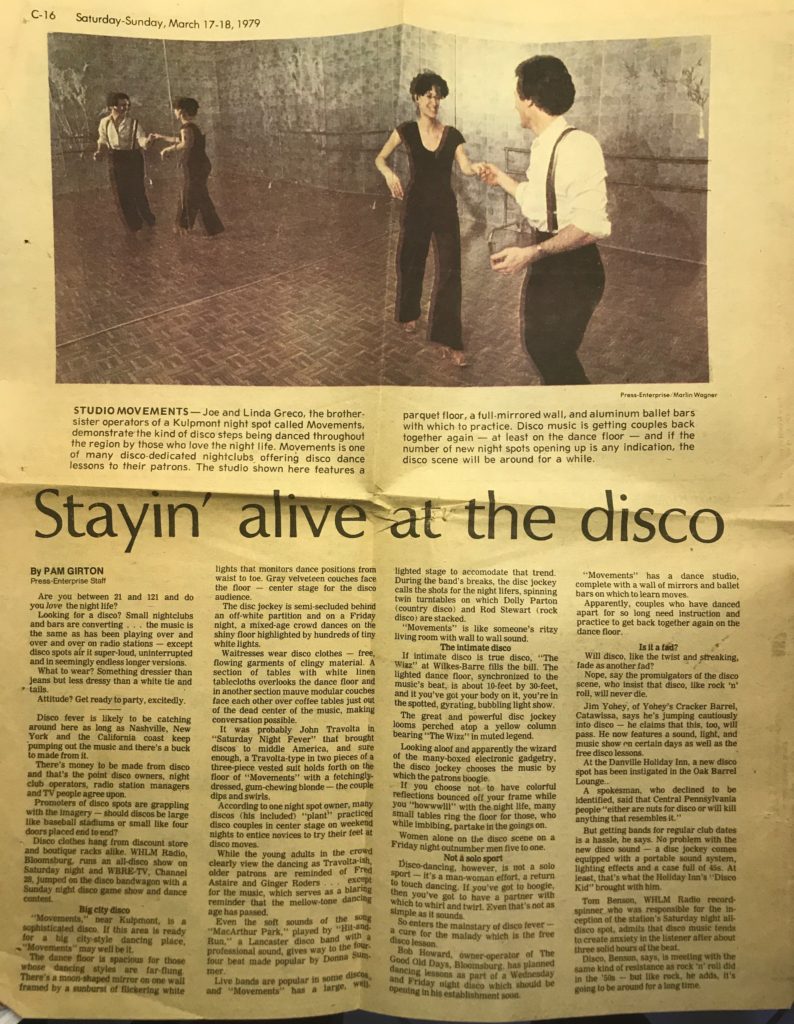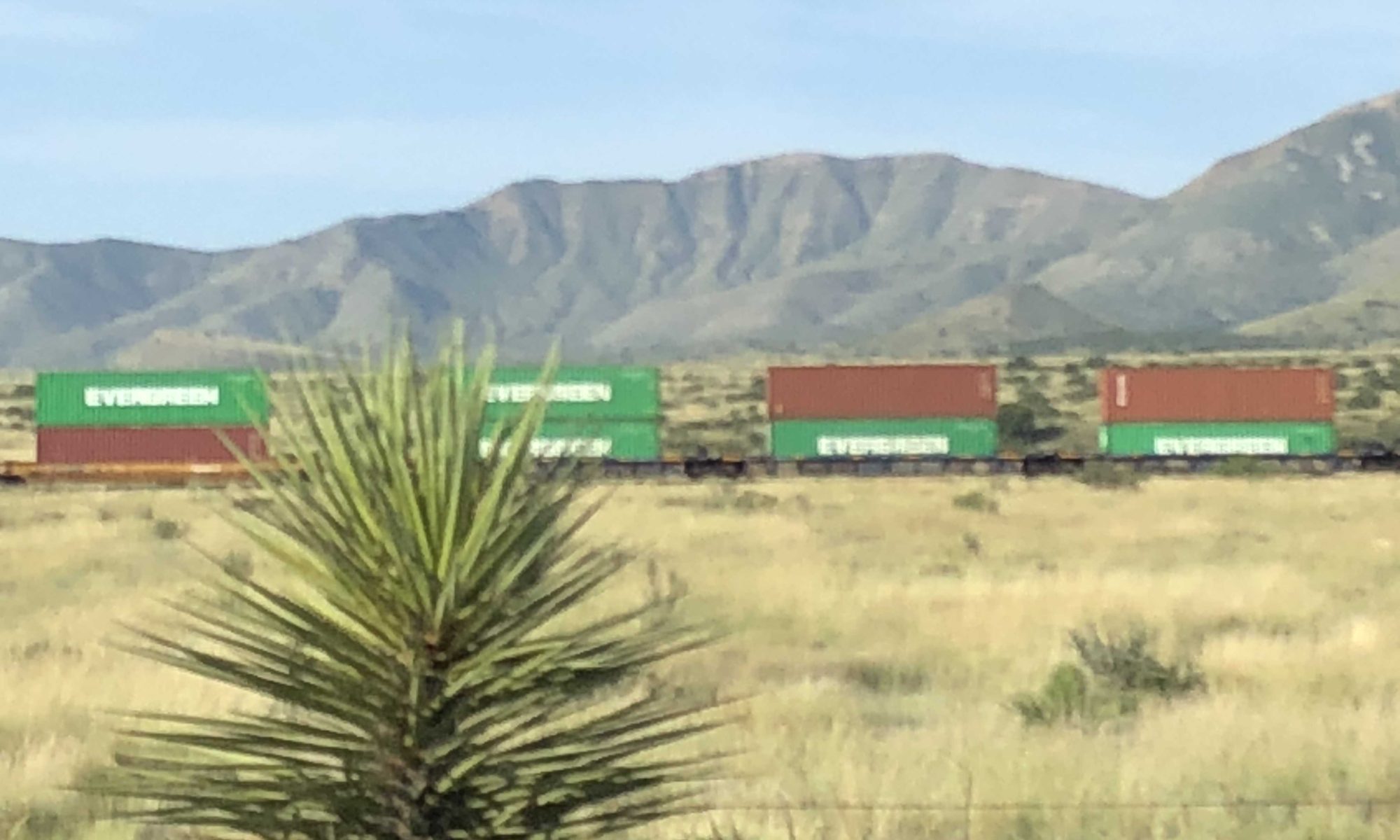When a famous jazz-rock band and a Coal Region disco owner clashed over the Three Mile Island nuclear meltdown.

In May 1980, one year after the meltdown at the Three Mile Island nuclear power plant in Middletown Pennsylvania, the famous jazz-rock band Blood Sweat, and Tears released its final album, “Nuclear Blues”. Its title song, written by lead singer and anti-nuke activist David Clayton Thomas, was an angst-written ballad about the Three Mile Island nuclear meltdown just over a year earlier. In that year between the meltdown and the album’s release, my dad and David Clayton-Thomas were engaged in a steel-cage grudge match over whether the band would play a concert at my dad’s discotheque “Movements” in the Eastern Pennsylvania coal town of Mt. Carmel, less than one hour from Three Mile Island. This story charts how Coal-Region ambition, celebrity activism, and an environmental crises created a David and Goliath battle at the end of the disco-age.
EPISODE 1 : “MT. CARMEL IN THE DISCO AGE” (links to Episodes 2 and 3 are at the bottom of this post)
After college my dad coached football for much of the next decade, first at Mt. Carmel High School then as an assistant at two small colleges, Susquehanna and Villanova, where we lived in the mid-70’s. When the head coach at Nova was fired, my dad was asked to stay on, but instead decided to leave professional coaching and pursue new ventures back in Mt. Carmel, including managing a bowling alley my grandfather owned.
The whole family, including my dad and mom, my two brothers, and our great-grandmother, moved back to our hometown. Me and my two brothers would spend long, fun, Saturdays at Route 61 Lanes, bowling, playing Space Invaders, and eating hamburgers at the greasy grill while my dad worked.
Eventually though, my dad set his designs on reconfiguring the building. “I’m going to build a nightclub,” he told me after I asked why they knocked down a large double door between the bowling alley and what used to be a large factory floor in the same building. It was 1977, height of the disco era, and though we were 3 hours from both New York and Philly, there wasn’t a disco of much note in between. My dad, who looked like a young version of Don Draper in his early 30’s, endeavored to fill this split-level space which ran about the size of a football field, with a big city discotheque.
Joe Greco has a great visual artistic sense, and his design of “Movements” was once featured in Billboard magazine. To start, it had the biggest dance floor anyone had ever seen. Originally the building had been a clothing factory, which created the framework for a large open dancing area that ran about 75 yards long and 30 yards wide.

Lounge areas sat around the edges of the dance floor and on different levels. “Grey velveteen couches face the floor – center stage for the disco audience,” according to a feature article in the Bloomsburg Press Enterprise. “A section of tables with white linen tablecloths overlooks the dance floor and in another section mauve modular couches face each other over coffee tables just out of dead center of the music, making conversation possible.”
What made Movements name (on a busy Saturday night there would be over 1000 patrons coming from as far as Scranton, Harrisburg, and Allentown) was the neon sunburst. Not gaudy neon, but thin, white neon. It started with a round half-sun-shaped mirror on one side of the dance floor. Busting out on all sides and up to the ceiling were sun rays made of white neon strips, and two large neon bands emanating from the base of the sun and running diagonally across the floor, providing almost a neon carpet from the entryway. And the rays pulsated to the sound of music, out from the sun’s nuclear core, to the beat of Staying Alive, A Fifth of Beethoven, and Disco Inferno.
Where another designer would have been satisfied bounding the large space with neat lines, my dad saw a burst of energy course across the dancefloor, transgressing the whole space and gave it the form of the neon sunburst. In another life he could have been an interior designer or a visual artist. Everything from the furniture, to the floor layout, to the pictures, to the chocolate and cream colored graphic posters and logos to promote Movements, my dad was the artist.
After a successful first couple of years, my dad dreamed of taking the disco to the next level. He would set off to New York to hire a big name band for a concert back in Mt. Carmel. It would need to be the biggest act the town had ever seen.
Stay tuned for “DISCO INFERNO -Episode 2: The Disaster“



2 Replies to ““DISCO INFERNO – Episode 1: Mt. Carmel in the Disco Age” – by Doug Greco”
Comments are closed.